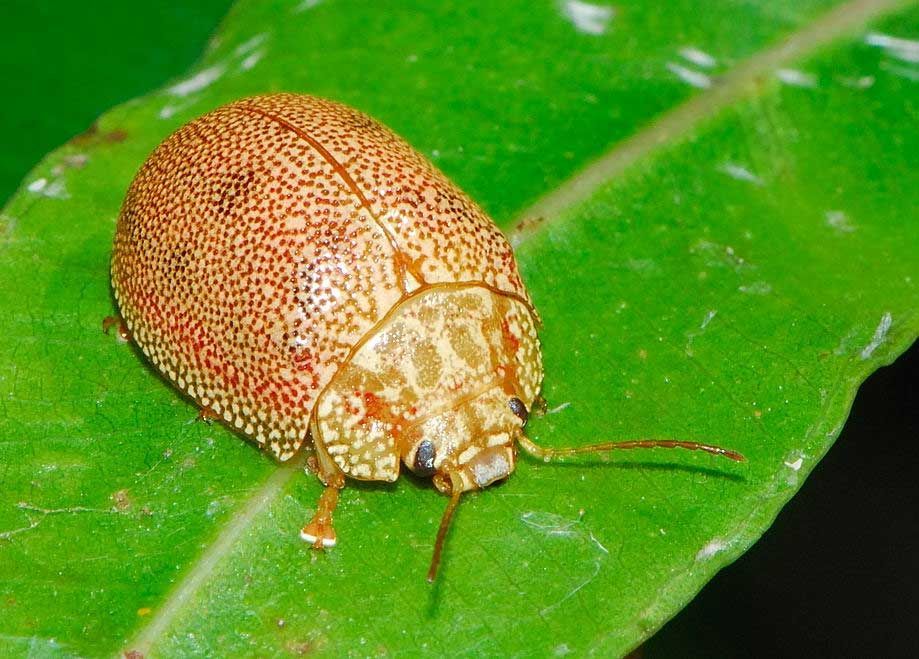Preparing for a Storm: TreeLife CA LIVE!
TreeLife Board Certified Master Arborist and Lead Consultant, Bradley Brown, live on local 10 news: “If we can get in before the rains and winds, or before defect [becomes incorrectible], we could potentially mitigate [failure] with pruning.”
The best way to prepare for upcoming storms is to develop a well-structured tree before the winds and rains arrive. A well-structured tree can dampen the forces of wind by distributing weight along the entire stem, or entire wind-bearing system. It is when trees are routinely improperly pruned where branch failure becomes a true threat, particularly during storms.
A common improper pruning practice implemented is termed “lionstailing,” which is the complete removal of branching structures and foliage along any given branch while leaving a small tuft of foliage at the end of that branch. This leaves a tree branch looking similar to a lion’s tail. Wind velocity that affects a “lionstailed” tree branch bears down significant load where that branch is attached to the tree trunk; that wind bearing load could have been radically minimized should those interior branching structures and foliage never been removed.
This also results, over time, in skinnier, weaker branches, since the foliage along any branch is directly correlated with that branch’s taper, or “girth.”
Proper pruning avoids removing branches unnecessarily; every cut made on a tree should have an objective directly related to risk, clearance and/or tree health. The objective can also be indirect, or to mitigate the advent of future issues; a common term used for this is “structure-pruning.”
Extreme weather can result in branches breaking, but more often than not the branches that break in storms are predictable.
“All trees have an inherent risk because they grow above-ground and gravity wants to pull them down.” BB
“If you have tables, anything that’s of value, that your worried to have a branch fall on it, or even if youre not worried about a branch falling on it, if its underneath a tree it’s a good idea to move those…. [Channel 10, “That includes cars”] There is a possibility that a branch could fall, or a tree could fall… The likelihood of that happening could be minimal, might not be much, but its there, so it might be a good idea to not park under trees.” BB
“[Channel 10 news] [we are] urging homeowners, property owners with large trees to keep up with proper pruning, and to get a Tree Risk Assessment by a professional,” Madison Weil, ABC 10 News.
See Bradley Brown on Channel 10 News HERE:
How to Prevent Fallen Trees as San Diego Braces for Another Storm (Jan. 03, 2024)
Incoming Storms Brings Increased Risk of Falling Trees (Jan. 31, 2024)



